ID Cont# RCE-47538
WA Cont. ID #PACIFIL886KH
409 Coeur D Alene Ave B. Coeur d'Alene, ID 83814
No Obligation Quote
Why Venting Your Bathroom Fan Into the Attic Is a Big Mistake
Why Venting Your Bathroom Fan Into the Attic Is a Big Mistake
If you’ve ever stepped into your attic and noticed musty odors, damp insulation, or even mold, your bathroom fan could be the culprit. Many homeowners assume that venting a bathroom exhaust fan into the attic is fine—but it’s actually a serious mistake that can lead to long-term damage, higher energy costs, and even health issues.
Here’s why properly venting your bathroom fan outside is crucial for your home’s health and efficiency.
1. Moisture Buildup: The #1 Problem
Every time you take a hot shower, your bathroom fills with steam. Your exhaust fan is designed to remove that moisture, preventing condensation on walls, ceilings, and mirrors. But if that moist air is vented into the attic rather than outside, it has nowhere to go—leading to serious moisture buildup.
Why Moisture in the Attic Is a Big Deal:
❌
Damp insulation loses effectiveness, making your home less energy efficient.
❌
Wood framing absorbs moisture, leading to rot and structural damage.
❌
Mold and mildew thrive, creating health risks for your family.
🚨 Bottom Line: The attic is NOT a ventilation space—it’s an enclosed area that traps moisture, causing hidden damage over time.
2. Mold Growth: A Health and Structural Hazard
Mold loves dark, damp, and warm environments—exactly what your attic becomes when a bathroom fan vents into it. Once mold starts growing in insulation, wood framing, or drywall, it can:
☣️
Spread through the home, causing respiratory issues and allergies.
☣️
Weaken the structural integrity of attic beams and roof supports.
☣️
Lead to costly remediation, often requiring full attic cleanups and insulation replacement.
💡 Fun Fact: Mold spores can travel through ductwork, affecting air quality in your entire home. If you notice musty smells, increased allergies, or black spots on insulation, it’s time to check your attic!
3. Ice Dams and Roof Damage in Cold Climates
For homeowners in cold climates like Kootenai County, improperly venting a bathroom fan into the attic increases the risk of ice dams—a common winter roofing problem.
How This Happens:
1️⃣ Warm, humid air from your bathroom enters the attic.
2️⃣ That warm air
melts snow on the roof.
3️⃣ Melted water runs down to the roof’s edge and
refreezes, forming
ice dams.
4️⃣ Ice dams block drainage, leading to
roof leaks and water damage inside your home.
🏠 The Fix: Properly venting bathroom fans outside helps regulate attic temperatures and prevents ice dam formation.
4. Energy Loss: Higher Heating and Cooling Bills
Venting moist air into the attic doesn’t just cause damage—it also wastes energy.
💸 In winter, warm air escaping into the attic
increases heating costs by making your home lose heat faster.
💸 In summer, hot, humid attic air
raises indoor temperatures, forcing your AC to work harder.
Better Insulation and Ventilation = Lower Energy Bills
✅ Properly venting your fan outside reduces
unwanted heat and humidity buildup.
✅ A dry attic
retains insulation efficiency, keeping your home warmer in winter and cooler in summer.
5. Code Violations: Avoid Costly Repairs and Insurance Issues
Most building codes require bathroom fans to vent directly outdoors. If your home was built with a bathroom vent dumping into the attic, it likely doesn’t meet modern building codes.
🔍
If you plan to sell your home, an improperly vented fan can be flagged during an inspection.
💰
Insurance claims for attic mold or damage
may be denied if the cause is poor ventilation.
🚧
Homeowners may be forced to pay for expensive retrofits to bring the house up to code.
📢 Moral of the Story: If your bathroom fan vents into the attic, fix it before it becomes a costly problem!
How to Properly Vent a Bathroom Fan
If your bathroom fan is venting into the attic, it’s important to correct it as soon as possible.
Best Ways to Vent Your Bathroom Fan:
✅
Through the Roof: Install a dedicated vent with a weatherproof cap.
✅
Through a Gable Wall: If your home has a gable end, venting through the wall is another effective option.
✅
Through a Soffit (with Proper Venting): Some homes vent through the soffit, but this
must be done correctly to avoid drawing moisture back into the attic.
Pro Tip:
✔️
Use insulated ductwork to prevent condensation buildup inside the vent pipe.
✔️
Shorten duct runs and minimize bends to improve airflow efficiency.
✔️
Check and clean vents regularly to prevent clogs and airflow restrictions.
Final Verdict: Vent It Outside or Pay the Price
Venting your bathroom fan into the attic might seem like a small mistake, but it can cause major problems over time—including mold, roof damage, and high energy bills.
🚫
DON’T: Vent bathroom exhaust into the attic and assume it will “air out.”
✅
DO: Install a proper vent system that exhausts moisture
directly outside.
A small investment in proper ventilation today can save you thousands in repairs down the road. If you’re unsure about your bathroom fan’s setup, check your attic or consult a professional to make sure your home is protected!
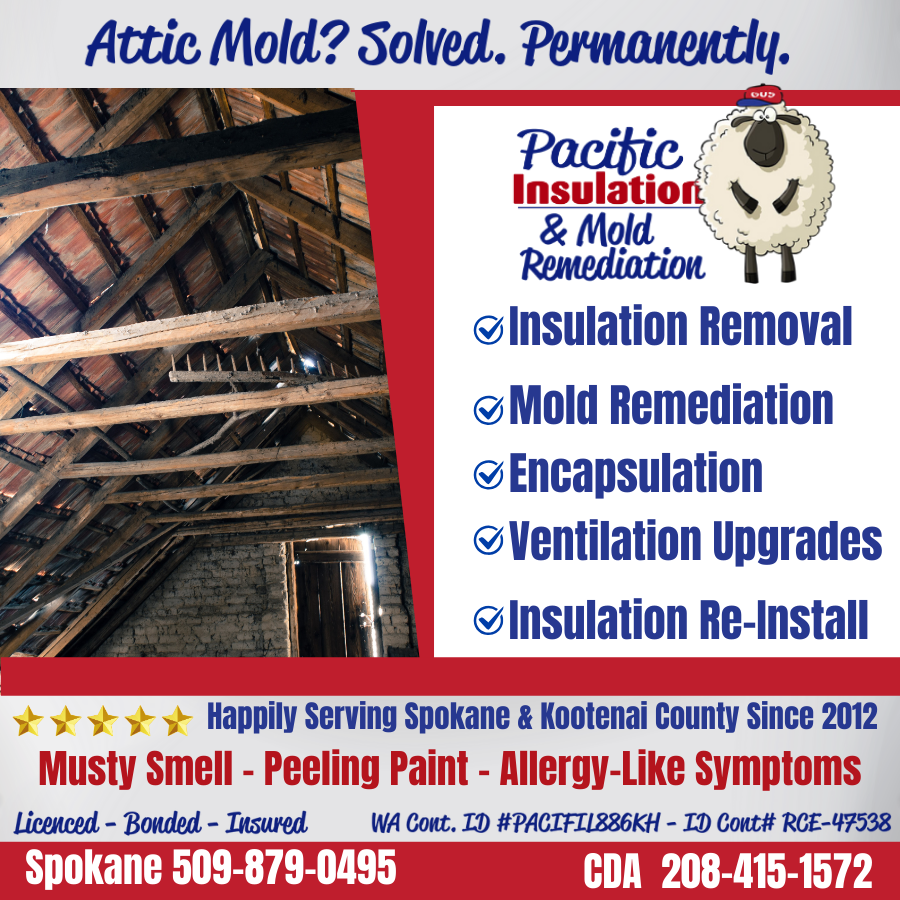

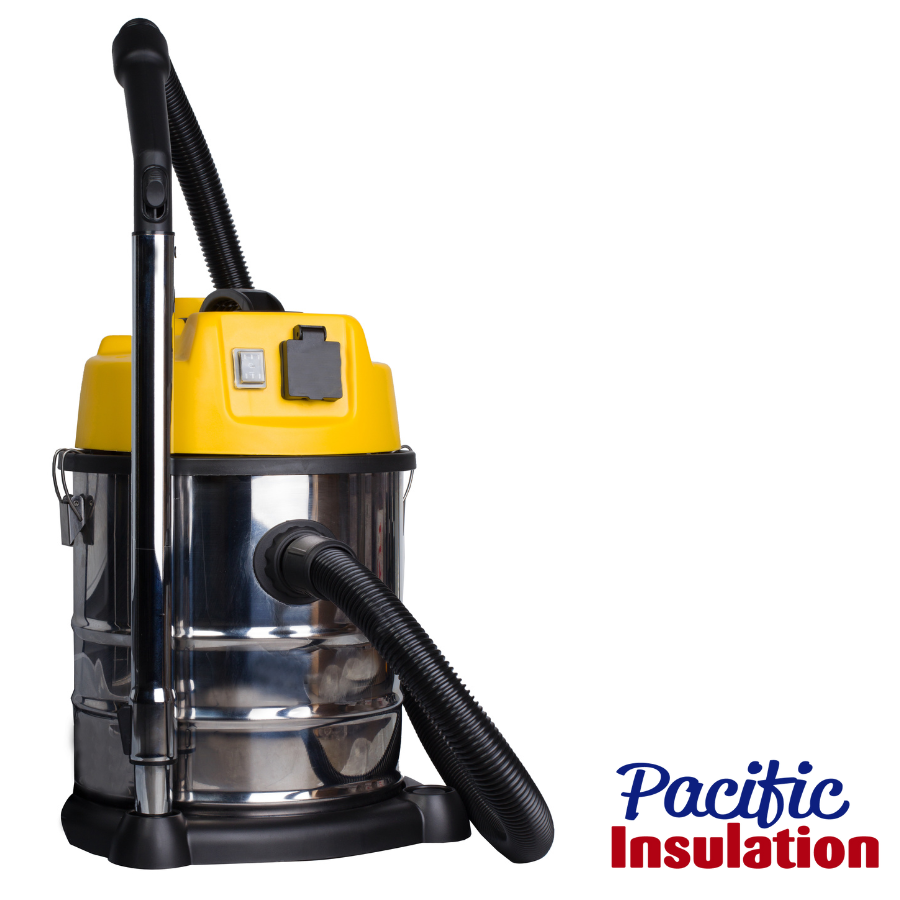
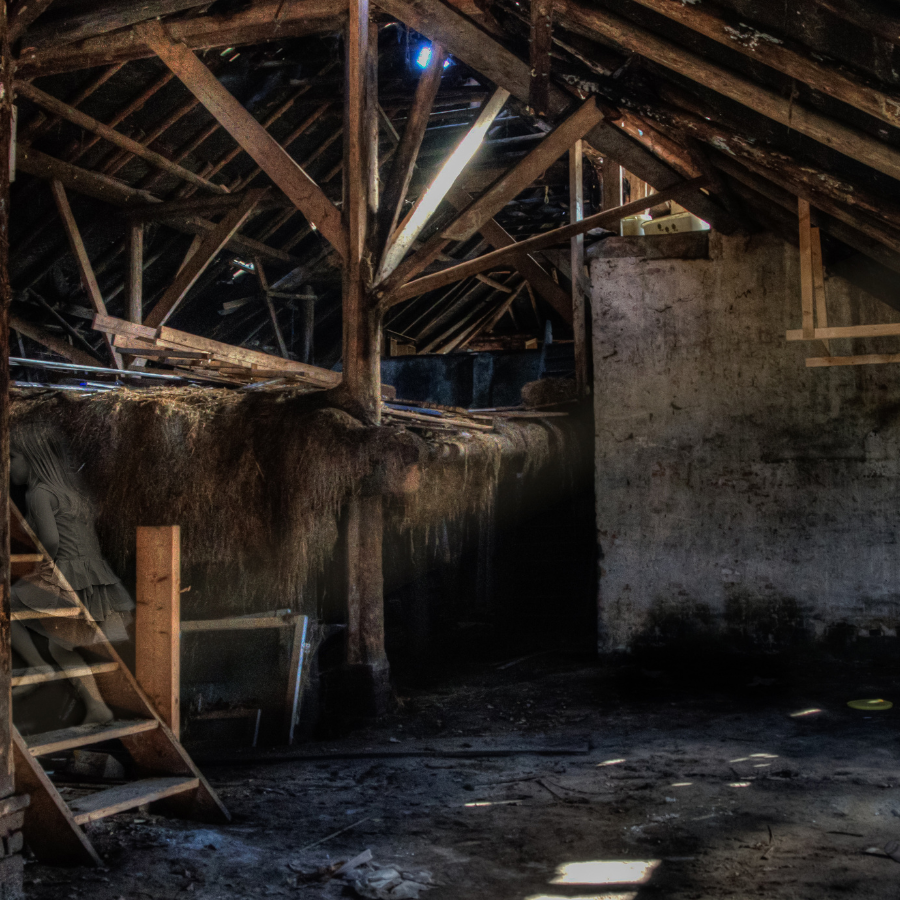



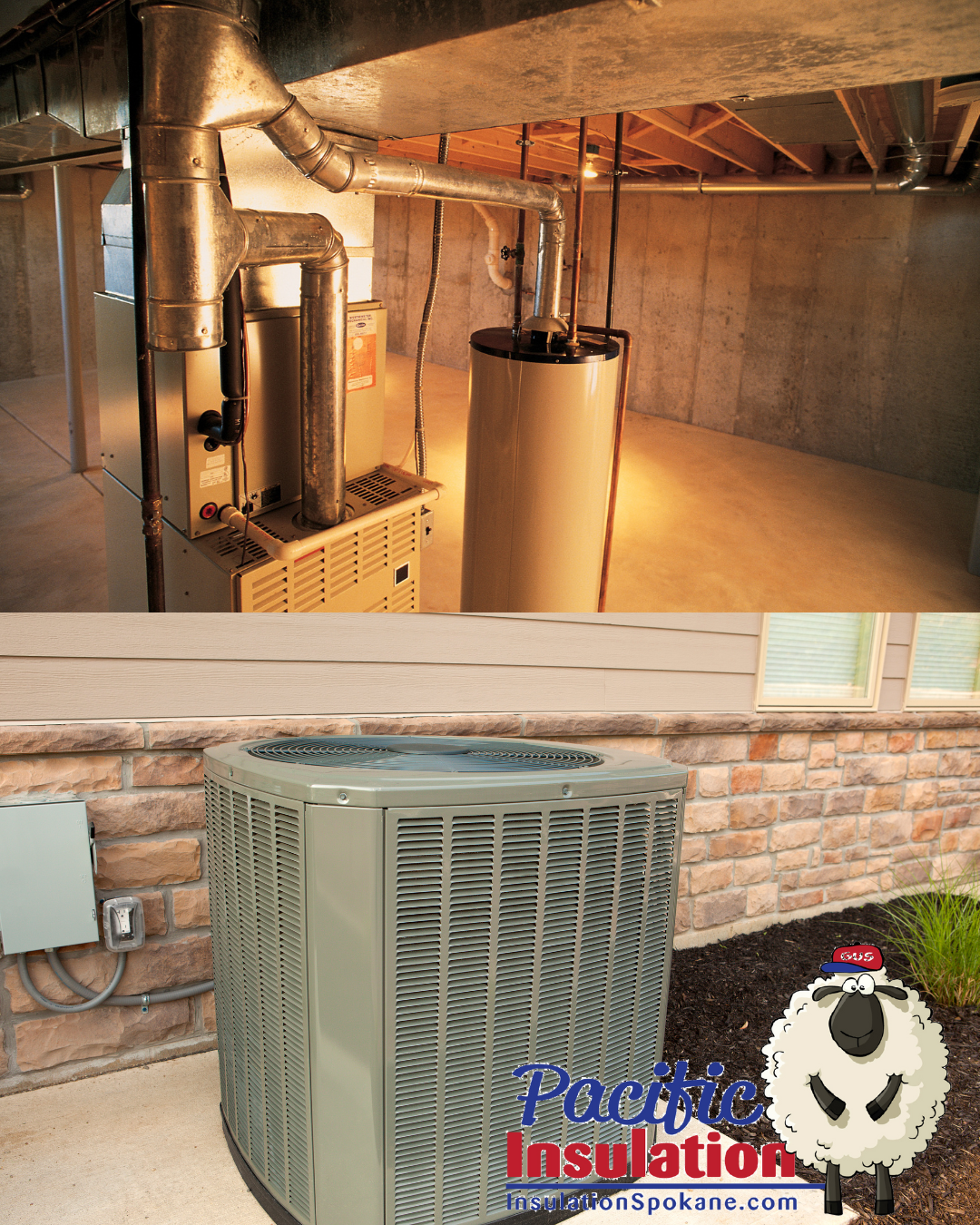

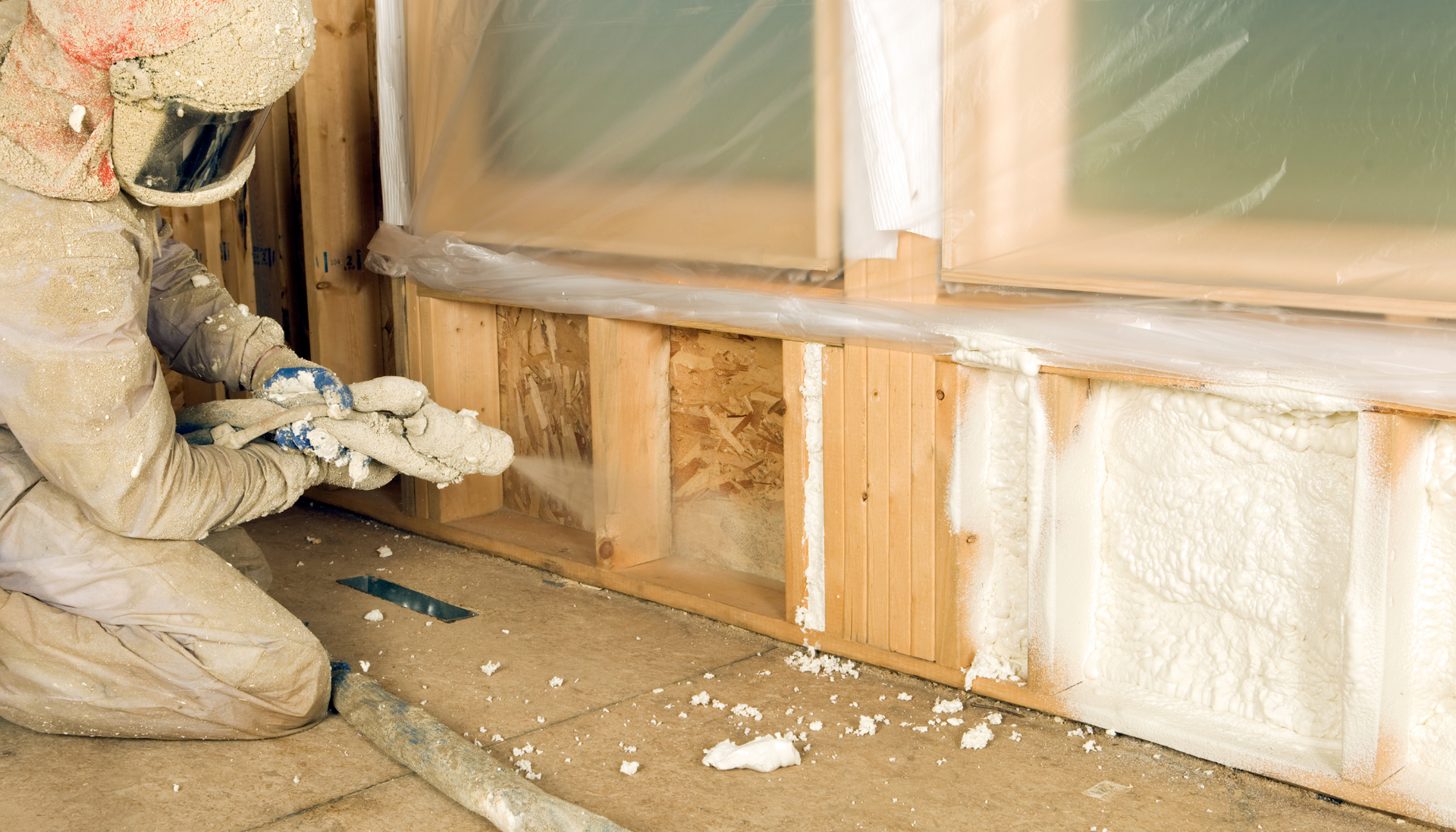
Call Now for an Estimate
© Copyright 2012-2025 | All Rights Reserved | Pacific Insulation



